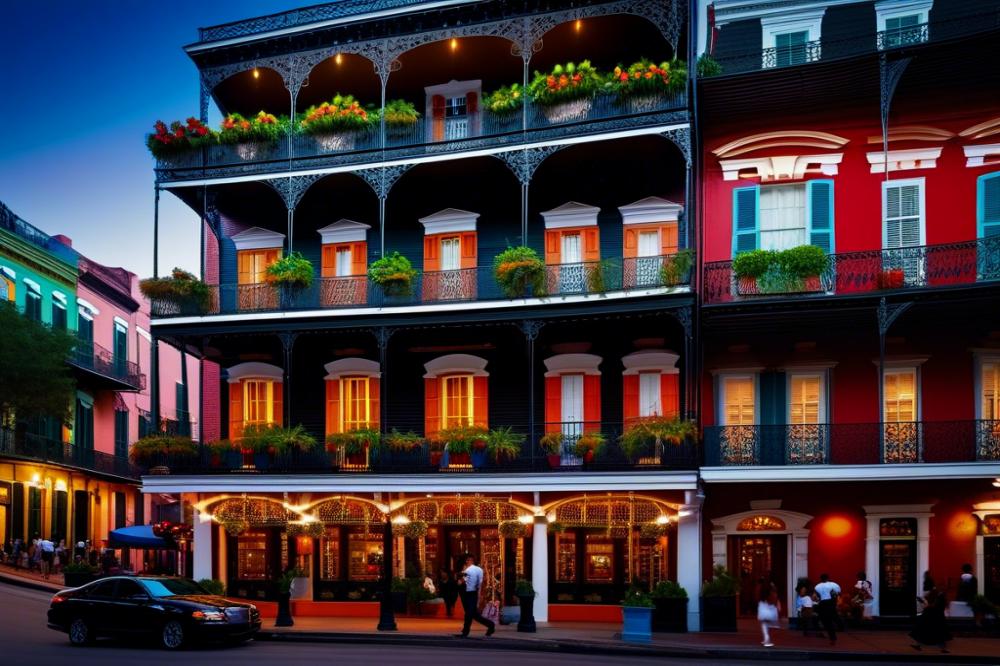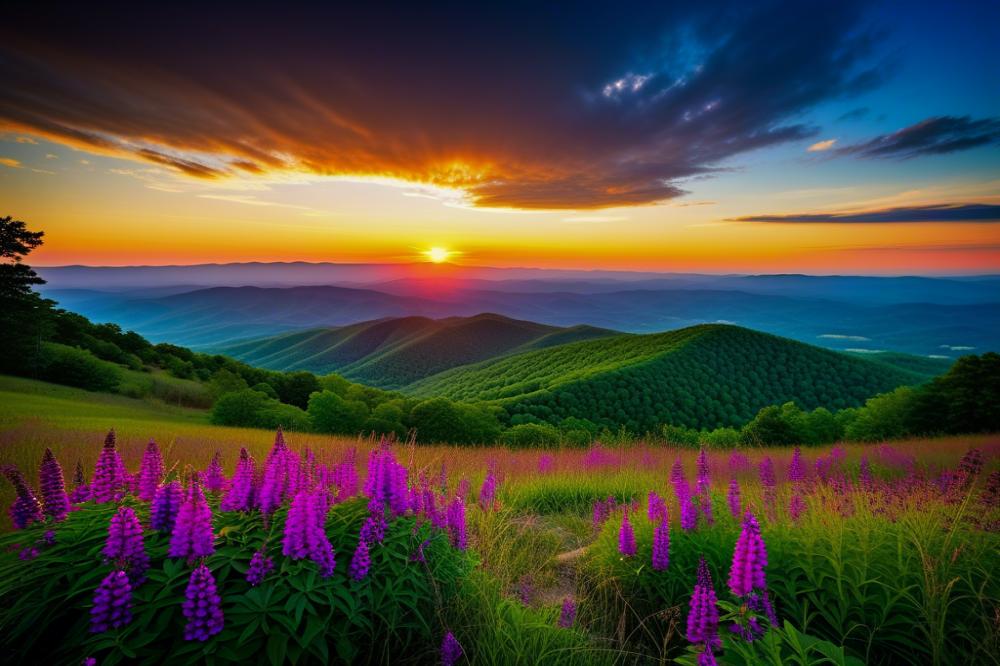Introduction
Scotland‘s whisky heritage is rich and deep. The art of distilling has been practiced here for centuries. Every bottle holds a story, reflecting the land’s traditions, climate, and craftsmanship. From the rugged Highlands to the serene Lowlands, whisky flows through the veins of this country.
Participating in Whisky Tasting is more than just sipping spirits. It’s a cultural experience that connects people to Scotland’s history and its diverse whisky regions. Here, you can explore the differences between single malt and blended whisky, and discover how each distillery brings its character to the table.
This guide will illuminate the path for those new to the whisky world. You’ll learn about nosing and tasting notes, how to appreciate a whisky’s palate, and the intriguing concept of whisky flights. We’ll even touch on how to pair food with your selections, enhancing the experience. Whether you’re a novice or just curious, this guide aims to make Whisky Tasting accessible and enjoyable.
Understanding Whisky

Whisky is a beloved spirit across the globe, but its definition varies between regions. In Scotland, whisky is simply known as “Scotch.” This designation marks it as a product of Scotland, produced according to strict legal requirements. Other regions might label their products as whiskey, like those from Ireland or the United States, but those have different rules and characteristics.
Types of Whisky
Whisky comes in a few primary types that every beginner should know. single malt whisky is made from malted barley at a single distillery. It is often considered the most premium option, showcasing distinctive flavors. On the other hand, blended whisky combines malt whiskies with grain whiskies. This blend tends to offer a smoother profile and can be more approachable for novice drinkers.
What is Scotch?
Scotch whisky has specific legal requirements that set it apart. To earn the title of Scotch, it must be distilled and matured in oak barrels for at least three years. The production must occur entirely within Scotland, further enhancing its proud heritage. Each whisky distillery follows tradition, embracing local ingredients and methods that create rich flavor profiles.
Tasting Experience
When enjoying whisky, tasting notes vary from fruity to smoky. The nosing process allows drinkers to inhale the aroma, revealing hints of what to expect. The palate experience comes next. This step involves sipping the whisky and recognizing its texture and flavors. Pairing whisky with food can elevate the experience significantly. Certain dishes complement the spirit’s profile beautifully.
Whisky Regions
Scotland has several whisky regions, each known for its distinctive styles. For example, Islay whiskies often boast peaty flavors, while Speyside offers a sweeter, fruitier profile. Exploring these regions through whisky flights can be an exciting way to begin your journey. You’ll discover the treasure trove of flavors available while enjoying different expressions.
Whisky Regions of Scotland

Scotland is home to several renowned whisky regions, each offering its own distinctive character. Speyside, Islay, Highlands, Lowlands, and Campbeltown are the primary areas you’ll want to explore. Understanding their characteristics will enhance your appreciation of Scotch.
Speyside
This region is often considered the heart of Scotch whisky production. It has over half of Scotland’s distilleries. Speyside whiskies are known for their sweet and elegant profiles. Common tasting notes include honey, vanilla, and dried fruits. Visit the famous Glenfiddich distillery for an engaging tour.
Islay
Islay is famed for its bold, peaty whiskies. The island’s maritime climate influences the spirit significantly. Expect flavors like smoke, seaweed, and brine. For an unforgettable experience, make sure to stop by Laphroaig. Their whisky flights will truly immerse you in Islay’s distinctive taste.
Highlands
The Highlands boast the largest whisky-producing region in Scotland. Here, variety reigns supreme. You might find floral notes, rich fruits, and even spicy flavors. Some Highlands whiskies have a touch of smoke as well. Oban distillery is a top pick for visitors seeking a rich tasting experience.
Lowlands
Lowland whiskies are typically softer and lighter. Many of these spirits tend toward floral and grassy notes. They make excellent introductions to Scotch for newcomers. Strathclyde distillery is a fine choice for a guided tour that showcases Lowland’s charm.
Campbeltown
Once a thriving whisky hub, Campbeltown now has a few remaining distilleries. Whiskies from this area often feature a complex mix of brine and spice. The flavor profiles can include notes of smoke and fruitiness. Visit Springbank distillery to taste their unique approach to whisky-making.
Each region offers distinct flavors and a variety of experiences. Pairing food with whisky can elevate your tasting journey. Savor these local spirits while enjoying traditional Scottish dishes for a complete sensory experience. Venture out to these regions and discover what makes each whisky distinct!
Preparing for Whisky Tasting

Ready to dive into the world of whisky? Start by gathering the essential tools for a truly enjoyable experience. First and foremost, a good glass is crucial. Use a tulip-shaped glass to concentrate the aromas and enhance the nosing experience. For your tasting journey, having a splash of water nearby will also prove useful. Water can open up the flavors and soften the alcohol bite, allowing the tasting notes to shine. Don’t forget your notebook! This simple tool helps you record impressions and observations. It’s easy to forget what you tasted after just a few sips.
Creating the right atmosphere sets the stage for a great tasting. Choose a quiet spot where you can focus on the whisky without distractions. Dim lighting can create a cozy feel. Maybe play some soft music in the background, just enough to complement the experience without overwhelming your senses. Ideally, you want a relaxed setting to appreciate the full range of flavors and aromas. The entire process should feel inviting and enjoyable, making it easier for you to savor each sip.
Selecting the right whisky flight is one of the most important steps in preparation. Consider including a variety of spirits, mixing single malts and blended whiskies. Each whisky distillery offers its own character, reflective of the whisky regions in Scotland. For instance, whiskies from Islay are often smoky, while Speyside varieties are typically sweeter. Choose a few distinct styles to highlight different palates. You might even want to pair each whisky with food! Chocolate, cheese, or even cured meats can enhance the tasting experience. This adds depth and excitement as you delve into the complexities of each whisky.
The Whisky Tasting Process

Introduction to Nosing: Techniques and Tips
Begin your journey with nosing. This is the first step in tasting whisky. Hold the glass by the stem. Gently swirl it to release aromas. Bring the glass to your nose carefully. Inhale deeply. Focus on what scents come through. You might catch hints of fruit, floral, or spice notes. Each whisky has its own character. For instance, single malts from Islay might have a peaty aroma, while those from Speyside can be fruity or floral. Take your time. Write down any aromas you detect. Comparing notes can enhance your understanding.
Exploring the Palate: Tasting Steps and Flavor Identification
Now, let’s move to the palate. Take a small sip and hold it in your mouth. This is where the magic happens. Swirl it around to engage all taste buds. Notice the initial flavors. Are they sweet, bitter, or savory? Maybe you’ll find chocolate notes or hints of smoke. Blended whisky may have a smoother profile, while a single malt can offer a bolder flavor. Think about the texture too. Is it oily, light, or creamy? Different whisky regions influence characteristics and flavors. This exploration will deepen your appreciation.
Understanding Tasting Notes and Their Significance
Tasting notes are critical to whisky appreciation. They describe the flavors and aromas in a whisky. Familiarize yourself with common terms. Notes can range from fruity to spicy, or even earthy. Food pairing can complement your experience. For example, a rich whisky might go well with dark chocolate. Use tasting notes to distinguish between various whiskies. This helps you select the perfect bottle for your next whisky flight. Remember, tasting notes aren’t just jargons; they enhance your tasting experience significantly. They can be a bridge to understanding the art of whisky making and its origins.
Food Pairing with Whisky
Guidelines for Pairing Whisky with Food
Pairing whisky with food can truly enhance your tasting experience. Start by considering the flavor profiles of both the drink and the dish. Think about the intensity; a robust whisky can stand up to hearty meals. Conversely, lighter whiskies pair well with subtler flavors. Balance is key. Sweet dishes can complement smoky whiskies, while spicy foods may harmonize with sweet notes found in certain blends. The aim is to create a delicious dialogue between your palate and the drink.
Recommended Food Pairings for Different Types of Whisky
Single malt whiskies often present complex tasting notes. They pair beautifully with rich cheeses, like blue cheese or aged cheddar. Blended whisky, known for its smoother character, suits lighter appetizers like seafood or grilled chicken. The varied regions of Scotch can offer surprises. For example, an Islay Scotch, known for its peaty flavors, works well with barbecue dishes and dark chocolate. Meanwhile, a lighter Lowland whisky could enhance the freshness of a salad. Experiment with flavors to discover what excites your taste buds.
Experience of Food and Whisky Pairing During Tastings
During tastings, the experience can be quite memorable. Guests often savor each sip carefully while enjoying small bites. Guests engage their senses through nosing before the first sip. This process allows for a deeper understanding of the whisky’s uniqueness. Tasting flights can introduce you to several characteristics of whisky, showcasing how it interacts with different dishes. For many, the excitement lies in the unexpected. Discovering how a splash of fruity whisky enhances a chocolate dessert amazes many. So, when you’re at a whisky distillery, don’t hesitate to ask about food pairings. It might just elevate your experience.
Wrapping Up Your Whisky Adventure
Your journey through the whisky tasting experience in Scotland has likely opened your eyes to the vast world of flavors, aromas, and traditions. Every distillery has its own story, and each sip brings forth a narrative steeped in history. From the smoky allure of Islay malts to the smooth elegance of blended whisky, there’s so much to discover.
Now is the time to explore this fascinating culture further. Delight in the variety of expressions available, and remember, everyone has unique preferences. Some may prefer the bold character of a single malt, while others might enjoy the balanced profile of a blended spirit. There’s room for everyone in this rich tapestry of tastes.
As you embark on your whisky tasting travels, keep these simple tips in mind. Always take your time when sampling each whisky; savor every drop. Don’t hesitate to ask questions from knowledgeable guides. Engaging with experts can deepen your understanding. Finally, remember to relax and enjoy the experience fully; whisky tasting is meant to be fun!
With Scotland’s stunning landscapes and storied distilleries, a journey into whisky culture will surely be rewarding. Dive headfirst into this experience, and let your taste buds lead the way. Cheers to your new adventure!



